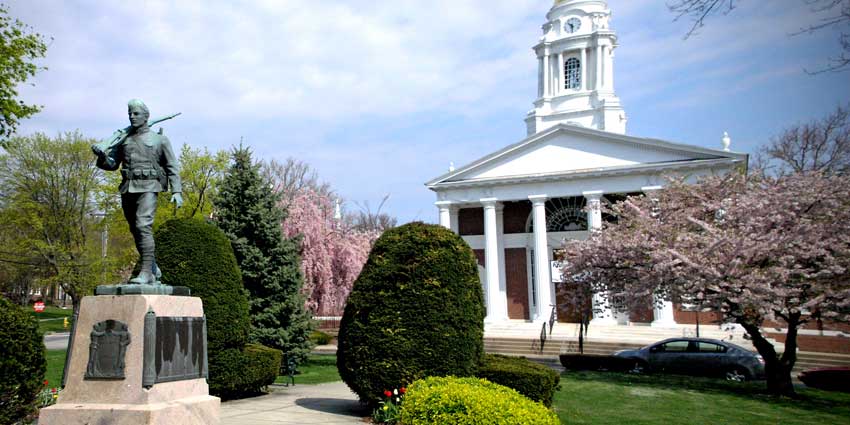
By Ziyue Zhu
Boston University News Service
Traffic congestion and downtown improvements, along with high housing costs, are the top issues facing Milford, as cited by residents who participated in a recent survey that’s part of the first comprehensive town plan since 2003.
Other concerns cited include land use, economic development, cultural resources, natural and historical environment and community services.
In regards to traffic, project planner Josh Fiala, manager of the General Land Use division at the Metropolitan Area Planning Council, said there are improvements that can be made to traffic signals in terms of timing at critical intersections.
“But it’s not a long-term solution,” he said. “For the longer-term solutions, the biggest idea is helping the town grow and develop in such a way that residents don’t have to use a car for every trip.”
The comprehensive town plan was developed by a local Ad Hoc Comprehensive Plan Committee in conjunction with the MAPC, a regional planning agency serving more than 100 Greater Boston communities. The survey ran from mid-May through early August, drawing about 600 responses.
Seven-member ad hoc committee formed to oversee planning process
The Milford Planning Board formed the seven-member Ad Hoc Comprehensive Plan Committee to advise and oversee the planning process. Members include Joseph Calagione, Marble Mainini III and Jose Morais, all of the Planning Board; Select Board member Paul Mazzuchelli; Finance Committee member Brant Hornberger; Conservation Commission member Jeffrey Frederick; and Town Administrator Richard Villani.
More than 1,500 residents commute to Boston daily, planners found, causing traffic congestion from I-495 both downtown and in different neighborhoods. Transportation issues also include downtown parking and car crashes, challenges that require short-term and long-term solutions.
That would include expanding public transportation and establishing an environment in which residents want to walk and bike to get around town.
Planners noted demand for housing in Milford continues to be high and a household would need an annual income of $162,000 to be able to purchase a single-family home without being cost-burdened.
The average sales price for a single-family home in Milford through the first eight months of this year is $559,900, up 7.1% from the same time a year ago, according to The Warren Group. For a 20% down payment, prospective homebuyers would need to come up with $111,980.
Rental housing is also an issue, with about 60% of the town’s rental units built before 1960. Planners suggest that a long-term solution would involve encouraging new housing development on vacant land to eventually stabilize costs.
Planners are considering additional community meetings before finalizing a blueprint in the spring of 2025. For more information, visit https://www.mapc.org/wp-content/uploads/2024/08/MilfordCompPlan-ExistingCondBrief-8-8-24.pdf for the full plan draft review.
Massachusetts law requires all communities to create and update a comprehensive plan to provide a basis for decisionmaking on the community’s long-term development. Milford last updated its comprehensive plan in 2003; comprehensive plans are typically updated about every 10 years, according to a brief prepared in August to describe the status of Milford’s comprehensive plan.
This story originally appeared in the Milford Daily News.







